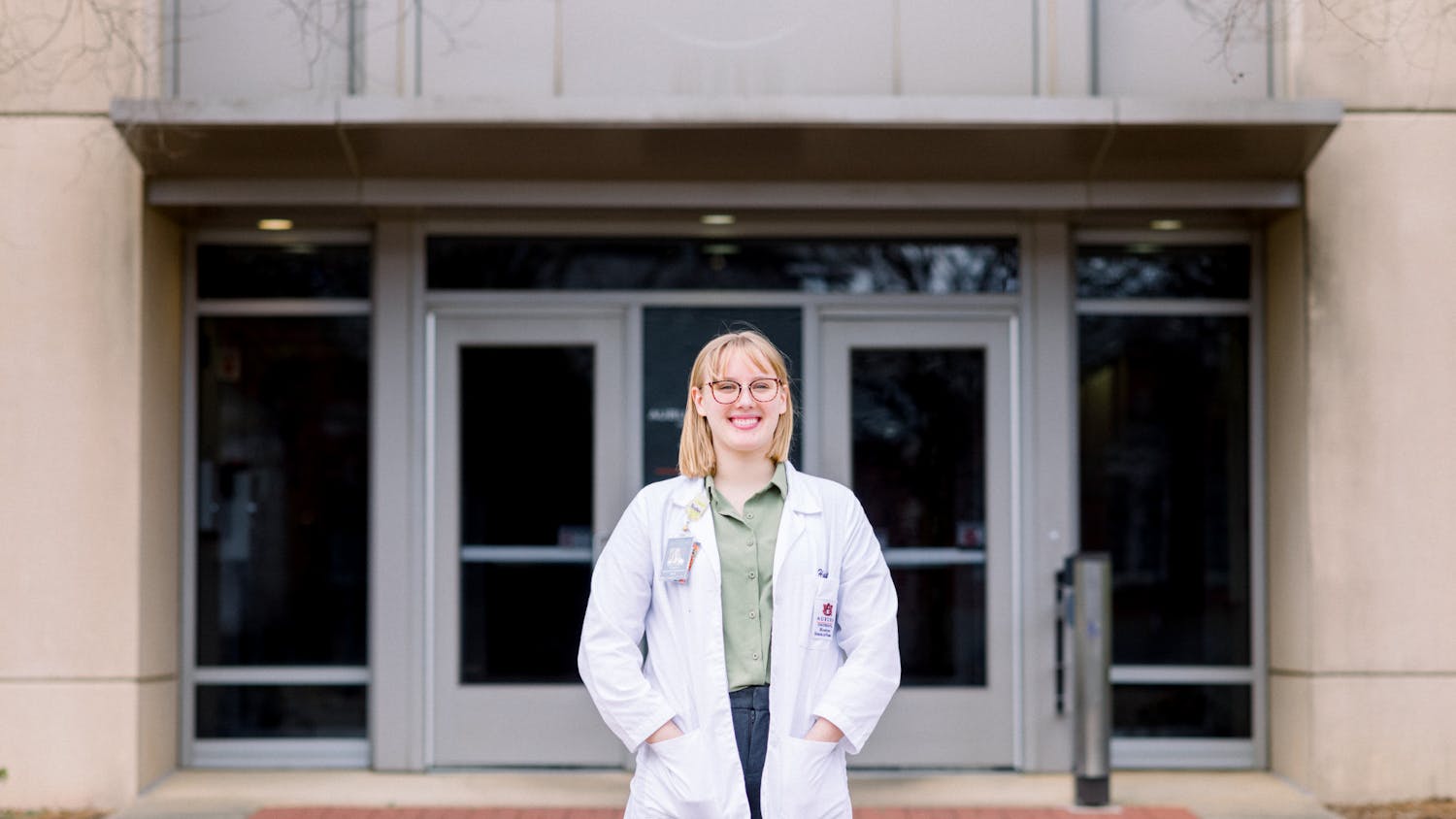Though convenience and trendiness most often replace healthy, new types of flip-flops may provide the comfort that the body actually supports.
Justin Shroyer, graduate student in kinesiology, along with a research team in the biomechanics laboratory conducted a study on the effects flip-flops might have on the body.
Shroyer said SOLE and Chacos support more of the foot and arch. He said he prefers the SOLE brand and even owns a pair.
According to their Web sites, SOLE flip-flops have a cushioned arch to give the support the foot needs. Chacos are structured to control the inner movement of the foot to help prevent pain or harm to the body as well.
Shroyer also said rumors of flip-flops' negative effects on the body have circulated since the shoes became a trend, but in-depth research has yet to prove exactly why.
"If you ask any podiatrist or chiropractor, there's always claims that flip-flops are bad, but there hasn't been any scientific evidence as to why they are bad," Shroyer said. "We discovered in the lab that they don't offer the support that the walking shoe does."
Shroyer said there are several signs when flip-flops lose their durability. Once students wear them down to molds of their feet, they should take it as a warning sign that the foam has lost its cushion.
"I think that flip-flops are not supportive," said Morgan Crosson, a junior in exercise science. "Nowadays the most support you are going to get is a quarter of an inch of padding on the bottom. Most flip-flops are designed for looks and not comfort in comparison to running shoes or tennis shoes."
Though the study began analyzing and researching running shoes, Shroyer turned his focus to flip-flops because of the incredible publicity from his study and the lack of research on the popular topic.
Shroyer said his dissertation consists of examining different flip-flops, flat ones that are of a lesser price and then others that have support.
His research conducted at the biomechanics lab consisted of analyzing the walks of volunteers under two conditions: one wearing tennis shoes and the other wearing thong flip-flops. Shroyer said the study involved placing markers on the hip, knee and toe to monitor the joints movement and the stride lengths while comparing the two conditions.
In another similar study, he also explained how researchers monitored the pressure between the foot and the flip flop compared to an athletic shoe, with a greater force shown with the flip flop.
"The increased force could create foot problems and pain and it works itself up the chain: ankle, knee and hip," Shroyer said.
For some students, wearing flip-flops is an easy addition to their class wardrobe, but for Michael Layton, a junior in business administration, he prefers an alternative.
"Personally I like flip-flops because they work well with everything, but I don't wear them myself because they fall off my feet," Layton said. "I think you should compromise with Chacos because they have good arch support as well as breathability."
Crosson agrees though the walk to class might seem short, more support for your feet is necessary in the long run.
"When walking to class I would recommend tennis shoes," she said. "We are still young, but we will see a difference within our lives."
Do you like this story? The Plainsman doesn't accept money from tuition or student fees, and we don't charge a subscription fee. But you can donate to support The Plainsman.




